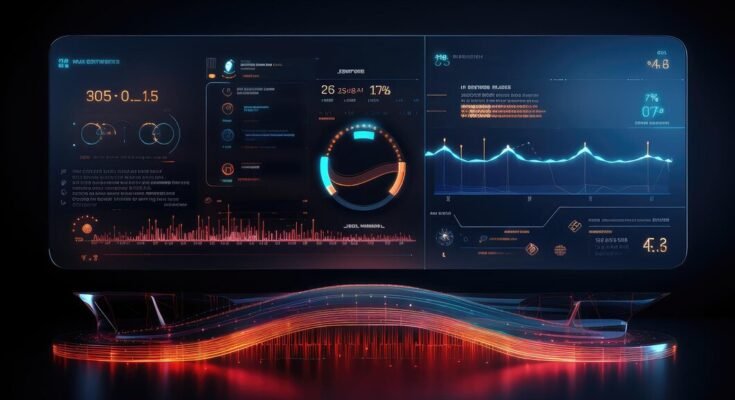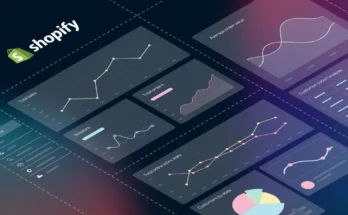Strip charts are a simple but really useful way to show information that changes over time or is in some kind of order. Lots of different jobs use strip charts. It is like scientists studying things or factories keeping an eye on their machines. So, in this article, we will talk about what strip charts are. Why they are handy and how people use them.
What is a Strip Chart?
A strip chart is also called a line chart or time series plot. Shows data points one after the other in a straight line. This line represents time. Each point on the line is connected by a line. So, you can see how things change over time. It’s easy to understand and good for looking at both big trends and small details in the data.
Components of a Strip Chart.
- Horizontal Axis
-
- It shows the thing that changes by itself. Like time, split into equal parts.
- Vertical Axis
-
- Shows the thing that depends on the other, or what’s being measured.
- Data Points
-
- Each piece of information is shown at certain times.
- Connecting Lines
-
- lines that connect the dots show how the data changes over time.
- Title and Labels
- Words that tell us what the graph is about. Like labeling the axes and giving it a title.
Applications of Strip Charts.
Different areas like biology the environment, and engineering. Strip charts are used to keep an eye on things like temperature, pressure, and living processes over time. This helps researchers see patterns and unusual things happen. So, they can make smart choices.
Things are made in factories and places. Strip charts are used to watch how fast things are made. How well machines work and how good the things being made are. This helps people notice if something is not working right and fix it quickly.
Strip charts are used to watch how many stocks and money from different countries are worth over time. People who buy and sell stocks use these charts to figure out. But if they should buy or sell something,

Strip charts are used to see things like heart rate In hospitals and doctor’s offices. Blood pressure and how much oxygen is in a person’s blood. This helps doctors figure out what might be wrong with someone and how to help them.
Where things are made In labs and places. Strip charts are used to make sure things are always the same quality. They watch things like how acidic something is and how much of a chemical is in something. If things are the right size, this makes sure everything meets the right standards.
Best Practices for Creating Strip Charts.
Choose the right size. Make sure the lines and numbers on the graph fit the information well. So, it’s easy to see and understand. Label everything clearly. Put names and numbers on the lines and points.
Don’t cram too much in If there’s too much stuff on the graph, it’s hard to see what’s going on. Try to keep it simple. Point out important stuff. If something big or unusual happens, make it stand out on the graph with special marks or notes. If you watch something in real time, the graph updates automatically. So, you always have the latest information.
FAQs.
- What is the purpose of a strip chart?
A strip chart is a form of chart in which the quantitative method is shown along with a single sheet. Then strip charts, like charts, may help you visualize collected data. Strip charts are an excellent alternative to graphs. So, when the sample size is small enough to display individual data points,
- Why do we need a chart?
Charts let you see and compare different pieces of information using pictures. They’re helpful because they make it easier to understand and remember things. People often understand pictures faster than lots of words. If you have a good chart, then it can help you explain things better and make your point stronger. When you are talking to others. It also makes your presentation seem more trustworthy.
- What are the three advantages of the chart?
It makes data presentable and easy to understand. A concise synopsis of the data is beneficial. It helps in the comparison of data in a better way.
- What are the 2 major benefits of a chart?
One of the main advantages of using graphs and charts is that they can show complex data simply and concisely. They can help you highlight trends, patterns, relationships, comparisons, or contrasts. It might be difficult to see or explain in text.
In Last:
Strip charts are like maps that show how things change over time. They are really useful in all sorts of areas. Like science and industry. They help people see patterns and trends in data. But if you know how to use them well, you can learn a lot from strip charts and make better decisions based on what you see.



